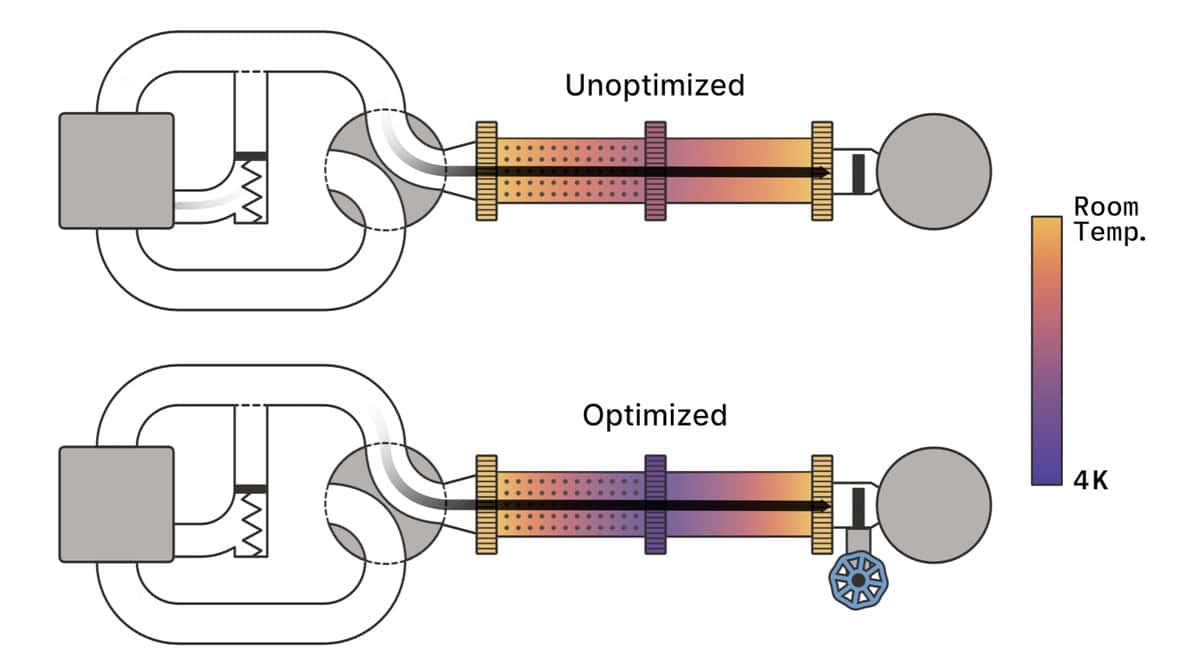NASA took to Instagram to share an image that showed the remnants of a supernova, a large explosion that takes place at the end of a star’s life cycle. And, it is indeed remarkable. NASA said the event was created by the death (explosion) of a white dwarf star. A white dwarf is usually stable. But in a binary system, where two stars are orbiting each other, a white dwarf gravitational pulls matter from its companion and then explodes. A similar thing happened with this star.
NASA said in the post, “astronomers suspect this white dwarf star was more massive than expected, which also means it would have died earlier in its lifecycle.”
Named DEM L249, this white dwarf was located in the Large Magellanic Cloud, nearly 200,000 light-years away from Earth. The Hubble Space Telescope found it while “searching for surviving companions of white dwarf stars that went supernova in the Magellanic Cloud.”
The cosmic ribbons of gas, depicted in the image in red, have been left behind by the titanic stellar explosion. “A true chart-topper, this supernova remnant was found to have hotter gas and shine brighter in X-rays than the remnant of a typical Type 1a supernova,” the agency said on the Instagram post.
Separately, NASA explained via animation how a white dwarf star steals material away from a nearby stellar companion. When it reaches critical mass, it is no longer able to sustain its own mass and hence the star explodes and dies, creating a Type 1a supernova.
The Hubble telescope, a joint collaboration of NASA and the European Space Agency, was launched in 1990. It has since been one of the most relied on tools for space observation by scientists as the telescope has an unobstructed view of deep space.






